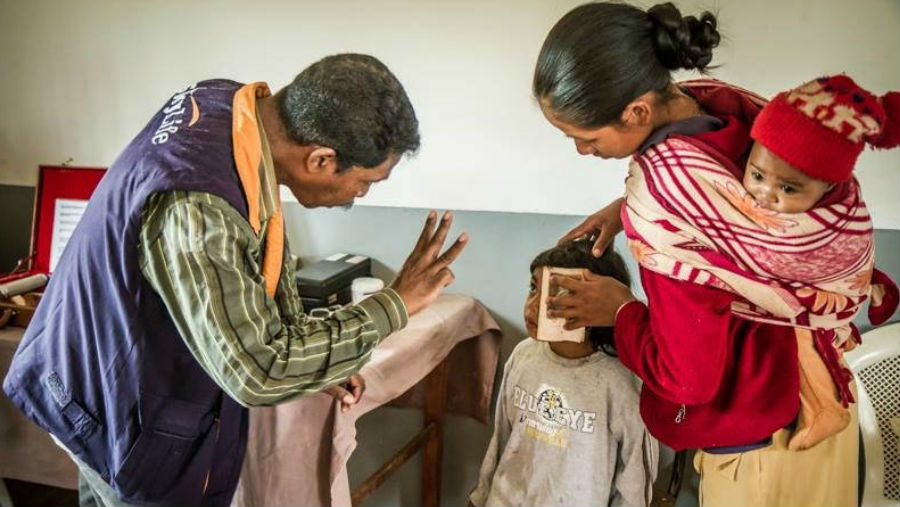Join a powerful, unprecedented alliance for better eye health for all.
Join IAPB-
Choose an alternate language here

When eye care leaders incorporate environmentally sustainable approaches, they also improve cost recovery. Investing in solar energy lowers electricity bills and the cost of fuel to run generators, while reducing greenhouse gas emissions. Similarly, reducing the volume of medical waste lowers the financial cost of procuring and disposing of supplies; it also limits the environmental impact of manufacturing, transportation and disposal.
Seva is committed to eliminating avoidable blindness by investing in both environmentally and financially sustainable eye care systems. At the 2018 IAPB Council of Members’ conference, Dr. Cassandra Thiel and I highlighted recent efforts to help eye hospitals improve on both fronts. Dr. Thiel, of NYU Langone Health, studies the environmental sustainability of healthcare institutions and identifies opportunities to reduce inefficiencies.
One case study we presented is of the new national eye center in Honiara, in the Solomon Islands. Island nations are among the communities that will continue to be hardest hit by climate change. The facility was designed with environmentally sustainable infrastructure. More than 96% of its power requirements are provided by a solar power system, which also insulates the facility from frequent power outages that plague the region. Roof-based water collection makes the center self-sufficient for all its water needs and protects against waterborne contaminants. These investments ultimately save money by protecting expensive equipment from power surges and from contaminants in the municipal water supply. The solar panels will pay for themselves in just five years, after which the center will spend almost nothing on electricity.
This example demonstrates how short-term investments in environmental sustainability can lead to long-term financial stability for healthcare institutions. One of Seva’s key priorities is to help eye hospitals improve financial sustainability, and learning from institutions like the Honiara eye center can support that larger goal.
HV Desai Eye Hospital in Pune, India made a different type of investment to improve its financial health. Working toward the goal of increasing the number of paying patients coming to the hospital, Seva and the hospital’s leadership engaged consultants to make recommendations around branding, pricing, staff focus and hospital amenities.
In the two years since implementing these recommendations, HV Desai increased its cost recovery thanks to a higher volume of patients paying for higher-end services. The hospital has used the increased revenue to invest in the continued growth of its outreach services, ultimately increasing the number of patients receiving essential eye care.
In the coming months, Seva will share resources with interested eye care institutions to promote the complementary outcomes of increased financial and environmental sustainability. Please visit seva.org for more details. Additional information and resources will also be forthcoming from the new IAPB Environmental Sustainability Working Group.
Image on Top: Outreach eye screening camp in Madagascar by Ellen Crystal for #StrongerTogether photo competition